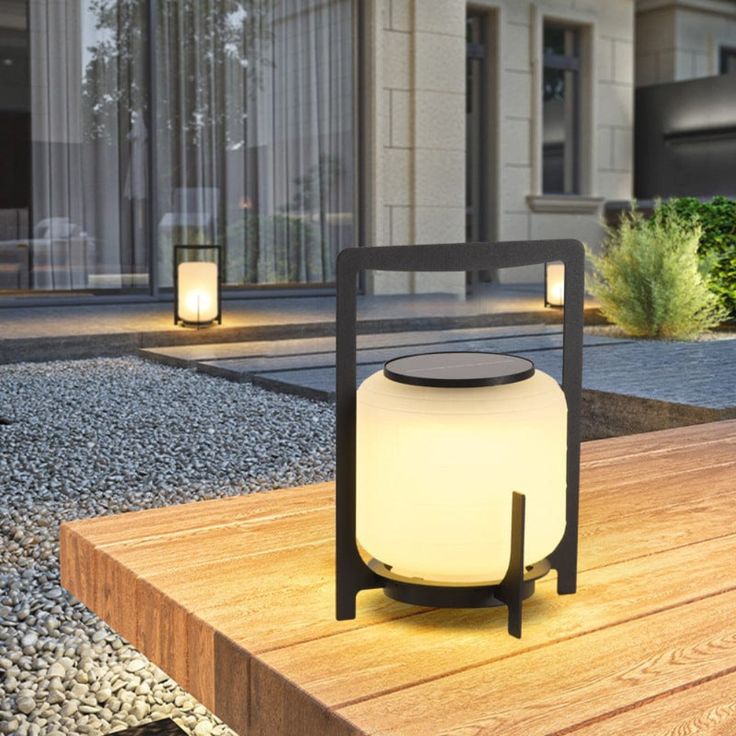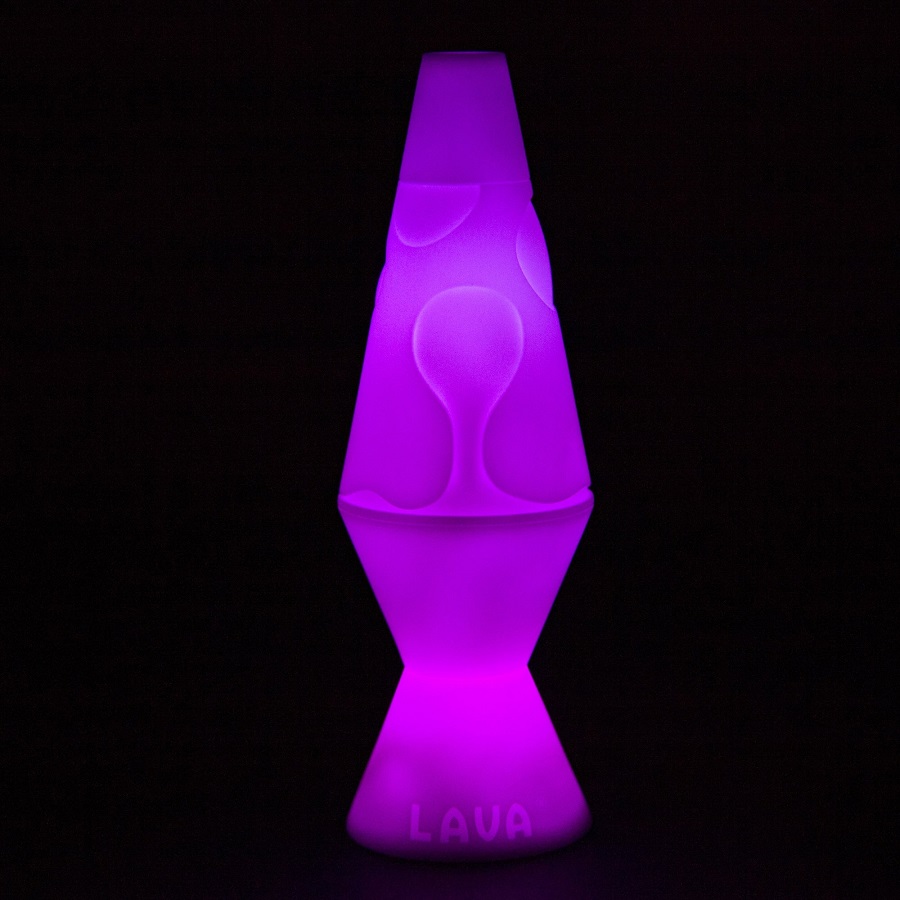 Introduction:
Introduction:
Determining the appropriate height of a chandelier over a table is crucial for achieving visual balance, functional lighting, and a harmonious atmosphere in a space. The height at which a chandelier is hung can greatly impact the overall aesthetics and functionality of a room.
Table Size and Shape:
Consider the Diameter: The general rule of thumb is to choose a chandelier with a diameter that is approximately half to two-thirds the width of the table.
Round Tables:For a round table, measure the diameter and use it as a guide to select an appropriately sized chandelier.
Rectangular or Oval Tables:Measure the width and length of the table and consider using a chandelier that is proportionate to the dimensions.
Height Guidelines:
Standard Ceiling Height:For rooms with standard ceiling heights (8 to 9 feet), the bottom of the chandelier should be 30 to 34 inches above the table.
Higher Ceilings: For rooms with higher ceilings, you may need to adjust the height of the chandelier accordingly. Add 3 inches to the height for every additional foot of ceiling height beyond 9 feet.
Visual Impact and Line of Sight:
Eye-Level Rule: Ensure that the chandelier does not obstruct the line of sight or create visual discomfort. The bottom of the chandelier should be at least 30 inches above the table surface to provide ample headroom and maintain a clear view across the table.
Creating Balance: Consider the overall balance of the space. The chandelier should be large enough to make a statement but not overpower the table or the room. It should visually complement the size of the table and the surrounding décor.
Adjusting the Chandelier Height:
Adjustable Chandelier Height: Some chandeliers allow for adjustable hanging heights. This feature can help you customize the height based on your specific table and ceiling heights.
Using a Chain or Rod: If the chandelier comes with a chain or rod, you can adjust the hanging height by shortening or lengthening it accordingly. However, be mindful of the overall proportions and visual balance while making adjustments.
Lighting Considerations:
Layering Lighting: Chandeliers are often used as the primary source of lighting above a table. Consider adding additional lighting sources, such as recessed lights or wall sconces, to create a layered and balanced lighting design.
Dimmer Switches: Install dimmer switches to control the intensity of the chandelier’s illumination. This provides flexibility in adjusting the lighting levels based on the desired ambiance and occasion.
Professional Assistance:
First: Follow the manufacturer’s instructions for installation and always ensure that the chandelier is securely attached to the ceiling.
Professional Electrician: If you feel uncertain about the installation or need help determining the appropriate chandelier height, consult a professional electrician or lighting designer.
In addition, you should also pay attention to the following issues:
When purchasing a chandelier, there are several factors to consider.
Here are some important factors to keep in mind:
Style and Design:
Consider the overall style and design of your space. Choose a chandelier that complements the existing decor and enhances the aesthetic appeal. Whether you prefer traditional, modern, rustic, or eclectic styles, select a chandelier that aligns with your personal taste and the ambiance you want to create.
Size and Scale:
Determine the appropriate size of the chandelier based on the dimensions of the room. Consider the height of the ceiling, available space, and the size of the dining table or area where the chandelier will be installed. A chandelier that is too small or too large in proportion to the room may look disproportionate or overpowering.
Lighting Needs:
Assess the lighting requirements of the space. Determine if the chandelier will serve as the primary light source or if it will be supplemented by other lighting fixtures. Consider the desired brightness, the number and type of bulbs the chandelier can accommodate, and the ability to adjust the lighting levels to create the desired ambiance.
Materials and Finish:
Consider the materials and finish of the chandelier. Common materials include metal, crystal, glass, wood, or a combination of these. Choose a material and finish that aligns with your style preferences and complements the overall decor of the space.
Budget:
Determine your budget for the chandelier. Chandeliers can vary greatly in price, depending on factors such as size, materials used, brand, and design complexity. Set a realistic budget and explore options within that range to find a chandelier that meets your requirements.
Installation and Maintenance:
Consider the installation requirements and complexity of the chandelier. If you are not experienced with electrical work, it may be necessary to hire a professional for installation. Also, consider the maintenance requirements and accessibility for cleaning or bulb replacement.
Safety and Electrical Considerations:
Ensure that the chandelier meets safety standards and is suitable for the intended location. Check the electrical requirements, such as voltage compatibility, and ensure that the chandelier is certified or approved by relevant safety organizations.
By considering these factors, you can choose a chandelier that not only visually enhances your space but also meets your functional and budgetary needs.
Cleaning a chandelier requires careful attention to detail to preserve its appearance and functionality.
Here is a step-by-step guide on how to clean a chandelier:
Safety First:
Before cleaning the chandelier, turn off the power to the circuit where the chandelier is connected. This can be done by switching off the circuit breaker or using the light switch to turn off the power supply. This ensures safety during the cleaning process.
Preparation:
Lay down a drop cloth or plastic sheet underneath the chandelier to catch any drips or debris that may fall during cleaning. This helps protect the floor or furniture below from potential damage.
Dusting:
Start by dusting the chandelier using a soft, lint-free cloth or a feather duster. Gently wipe each part of the chandelier, including the frame, crystals, or glass elements, to remove loose dust and debris. Take care not to apply excessive pressure or force that may loosen or damage the components.
Cleaning Solution:
Prepare a cleaning solution suitable for the chandelier’s material. Use a non-abrasive cleaning solution specifically designed for chandeliers or delicate surfaces. Avoid using harsh chemicals or abrasive cleaners that may damage the finish or materials. Follow the manufacturer’s instructions regarding the appropriate cleaning solution to use.
Crystal and Glass Cleaning:
For crystal or glass elements, dampen a soft cloth with the cleaning solution and gently wipe each crystal or glass piece. Avoid excessive moisture that can seep into electrical components. If there are intricate or hard-to-reach areas, consider using a soft-bristled brush or a cotton swab soaked in the cleaning solution.
Metal Frame Cleaning:
For metal frames, use a separate cloth or sponge dampened with the cleaning solution to gently wipe the frame. Pay attention to any crevices or decorative details. If there are stubborn stains or tarnish, you may need to use a specialized metal cleaner or polish, following the manufacturer’s instructions.
Drying: After cleaning, carefully dry the chandelier using a clean, soft cloth. Ensure that all parts, including crystals, glass elements, and metal frame, are completely dry before turning the power back on.
It’s important to follow the manufacturer’s instructions for cleaning and maintenance, as different chandeliers may have specific cleaning requirements. Regular maintenance and cleaning will help preserve the chandelier’s appearance and ensure safe operation. If in doubt or for complex chandeliers, consider hiring a professional for thorough cleaning and maintenance.
Conclusion:
The height of a chandelier over a table is a crucial aspect of lighting design and interior aesthetics. By considering the table size, ceiling height, and visual impact, you can determine the ideal height for your chandelier. Remember to maintain appropriate headroom and line of sight, and consider the style and proportions of the chandelier in relation to the table and the room. With the right chandelier height, you can create a beautiful and inviting atmosphere for dining and entertaining. Enjoy the perfect balance of lighting and aesthetics in your space.






